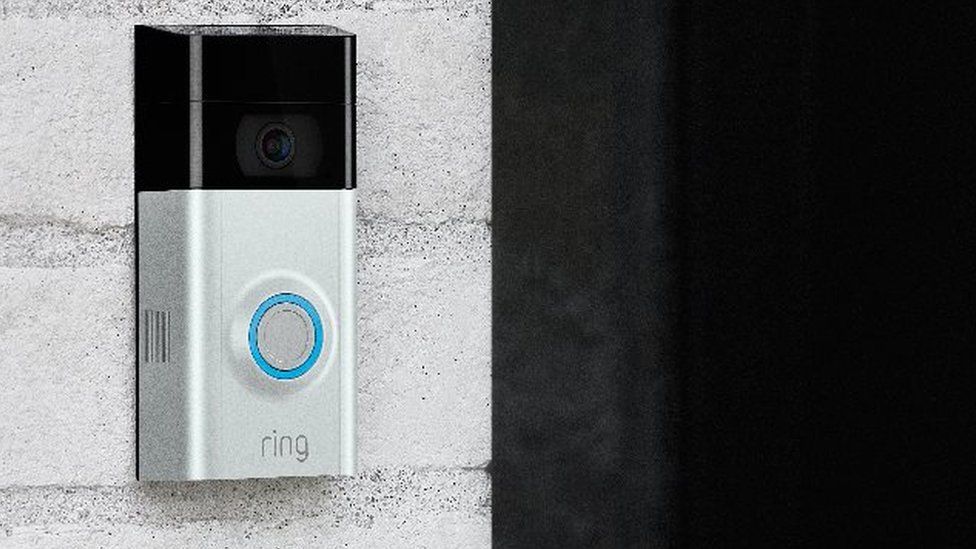The Financial Times estimates that more than double the 703 new additions from a year earlier was added to the Ring’s Neighbors Portal service in 2020 by the number of local police and fire departments. A mere 40 signed up in 2018. There are currently only two states where there are no agencies involved: Wyoming and Montana.

Images of more than 22,235 incidents last year were requested by the police and fire services involved in the initiative. Amazon states that clients can opt-out of accepting police requests, but it is also possible to use subpoenas, search warrants, and court orders to access videos of customers who want to reject requests. The police made 1,900 demands for information that customers had refused them, and 57 percent of those agreed with Amazon, which has the final say over whether to hand over something. Although that is lower than the 67% it complied with during 2019, in 2020 the number of such requests increased by 150%.
The Electronic Frontier Foundation (EFF) cautioned that while certain owners may be all right to share their video, it is likely that neighbors and passers-by might be captured on tape, creating a “massive and unchallenged” surveillance network in essence.
Many unconcerned about the privacy implications of the software may feel better knowing that police have another tool in their arsenal, but a February 2019 NBC News study found it was not helpful when investigating serious crimes-most of the arrests used for low-level, non-violent property crimes were Ring video.


